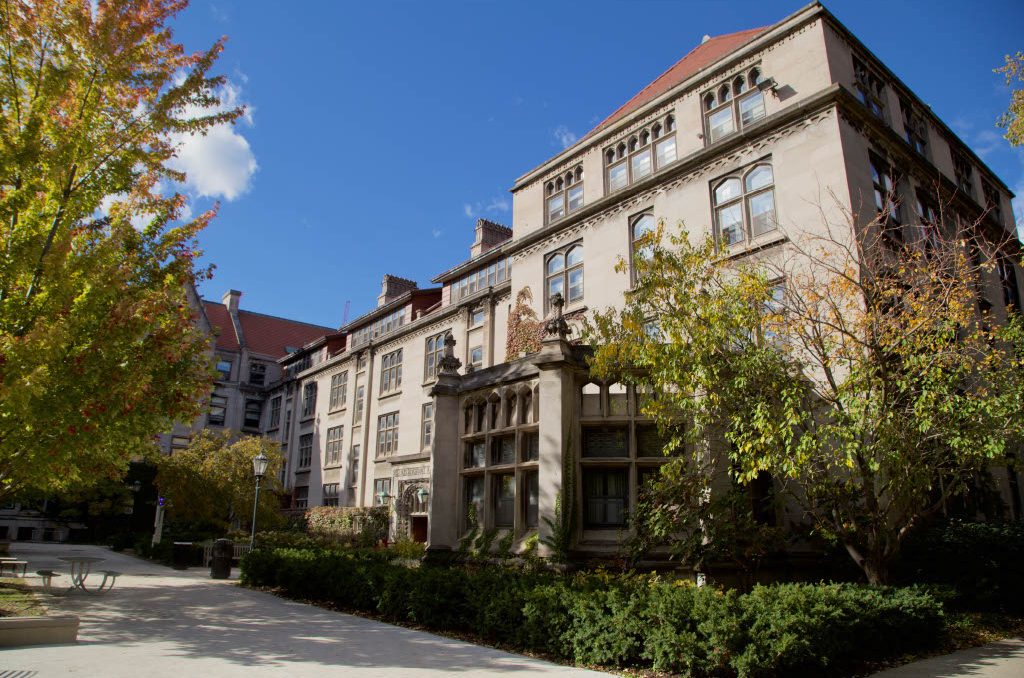It’s the New Year! What better time to contemplate the intersection of consumer society with the culture of the makeover, now so pervasive on television?
I am sure you are all very familiar with the makeover genre: There is a makeover show for everyone. Like Queer Eye for the Straight Guy, the show that teaches unashamed, decidedly unfashionable heterosexual men how to incorporate style into their lives in a five-pronged approach—cuisine, grooming, home, fashion, and culture. Or The Swan, the program that provides mediocre-looking women with a complete surgical overhaul, literally re-sculpting their bodies.
We ought to be terribly fascinated and deeply concerned by the cultural obsession with the makeover and the messages that get transmitted in the practice of the makeover. From the reasons why there are so many makeover shows, to what the shows teach us about ourselves, there are some things we need to question.
Let’s look, for example, at some economic reasons why a network would be delighted to sponsor an array of makeover shows. First, makeover shows, like reality programming in general, are cheap to make—there are no writers or actors to pay. Networks need only spend money for the makeover of the subject, a sum that is considerably less than a whole cast and crew needed for traditional fiction programming. Additionally, let’s not forget that the makeover always involves particular brand names, salons, and services, which is of course nothing other than thinly veiled product placement.
Of course it is easy to see how the makeover is part of the effort to blunt the critical capacities of the general viewing public. Instead of noticing that not everyone has the money to have their cars repainted or their glasses fixed (and wondering why in the world we live in astonishing economic inequality), the makeover show teaches its viewers to pass judgment on those who do not fit the determined level of acceptability. Important, piercing questions like “What are we going to do when our limited supply of oil is used up?” are replaced by “If I have $20, can I walk into a store, pick up some new accessories to update my style, and walk out with some change?”
The broad range of types of makeover shows assures us that in fact, no one, not the young nor the old, not the sick nor the economically disadvantaged, is exempt from the ability to buy some new things and make over that tired image! I seriously doubt that these messages are in fact healthy to our sense of self and our place in the world.
In fact, another consequence of the makeover is that we can now reject the premise that we are born as one particular individual. After all, it is not until the makeover is complete that we can see the “real you,” who was waiting to be discovered behind the mousy hair and tacky glasses. For the psychoanalysts out there: What is this other than the split subject of Lacanian analysis, the one who must be torn from herself in order to constitute her own subjectivity? I noticed the same phenomenon when I read Peter Kramer’s book Listening to Prozac, in which he describes 40-year-old depressed patients who, after commencing treatment with SSRIs, say things like “After 35 years of depression, I finally feel like myself!”
And so we are to understand that by undertaking new consumptive patterns we achieve the makeover itself. Here, we see an interesting example of the notion that the tool makes the man. This point—that in order to be made over we must equip ourselves with new objects to be used and to perform as markers for who we have now become—is not unrelated to the branding process of the makeover and the product-placement in the shows. The makeover shows teach us that who we are is what, or more accurately, how we buy. And so we come to a final point (for the moment): Makeover shows help to establish the new paradigms for the wealthy class and everyone else precisely by pretending that we all play by the same rules.
It’s an interesting dialectic. On the one hand, everyone can (nay, must!) undergo the makeover process; nevertheless, we have discovered ways to keep the lines between plebeian and luxury intact. If you’re strapped for cash you makeover at H&M instead of Saks. But whether you buy Puma or Prada, whether you invest in a new haircut at the most exclusive salon or in Wet ‘n’ Wild for a manicure that flatters your spray-on tan, a new you is only, and always, a few dollars away.







